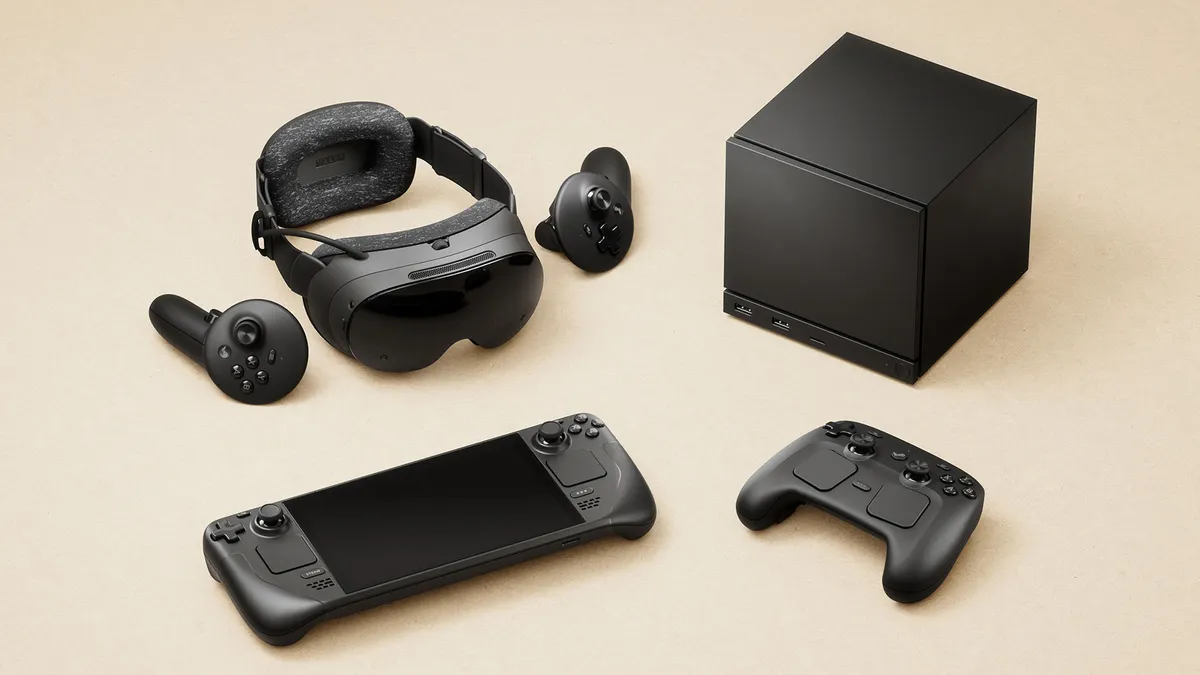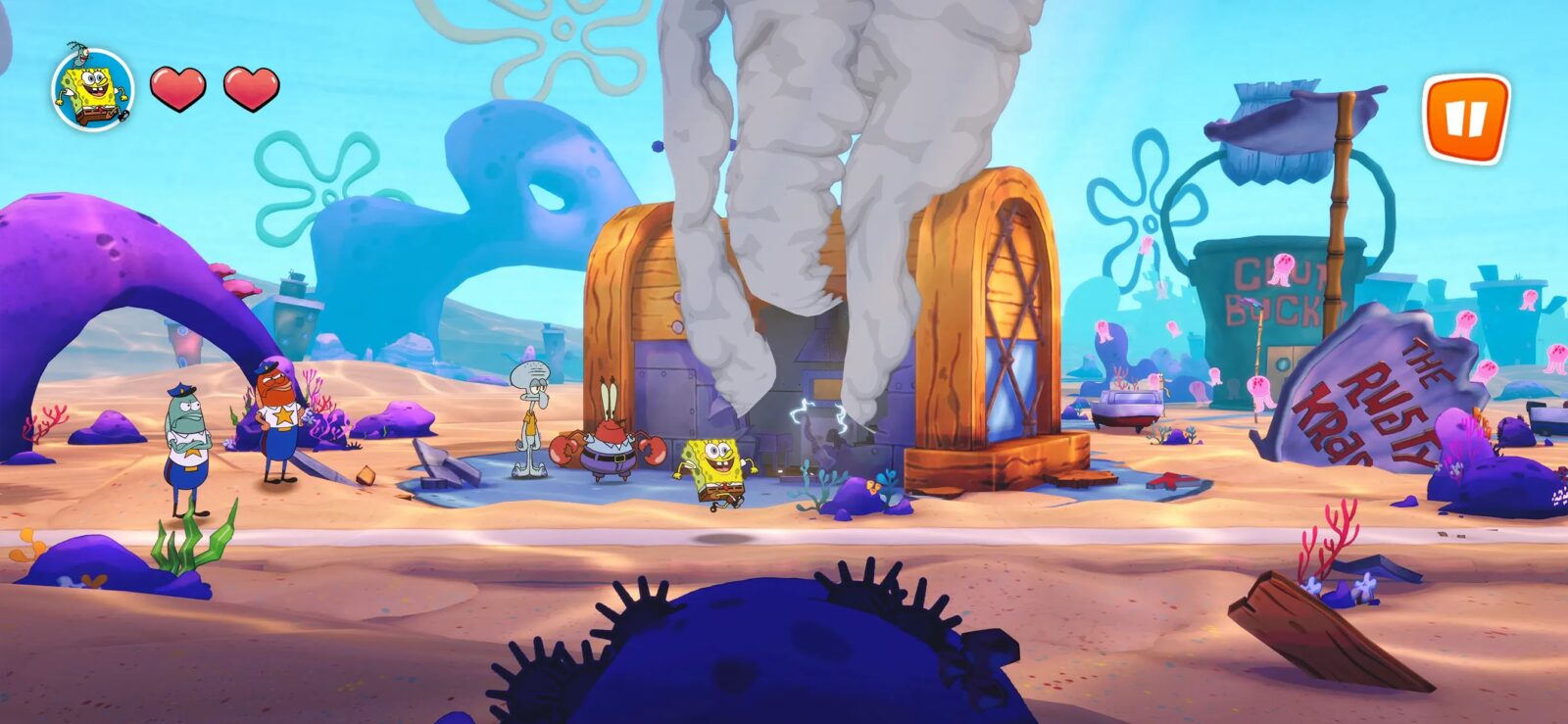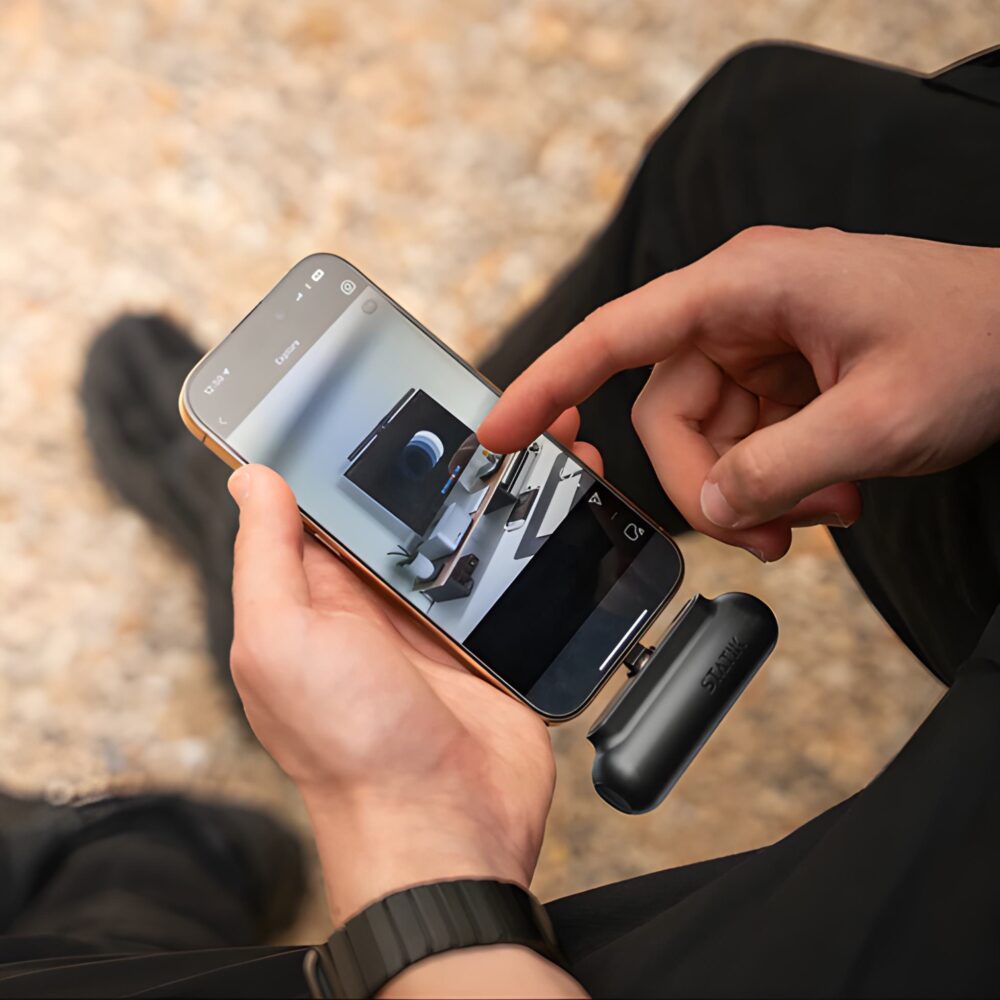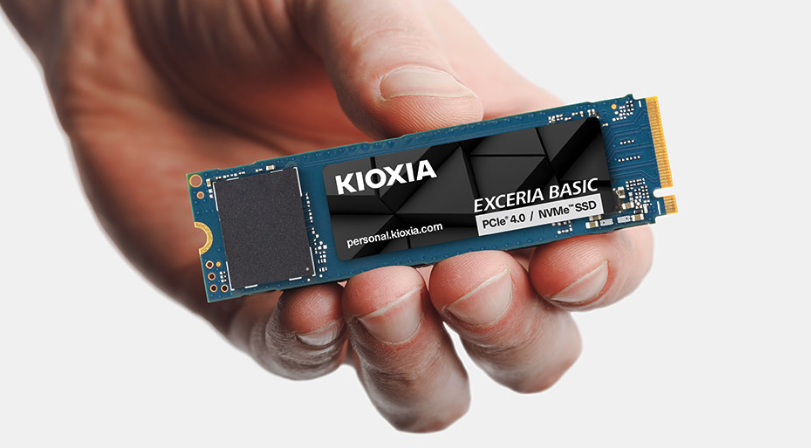Valve is preparing another push into hardware, announcing three devices planned for early 2026: a new Steam Controller, a compact Steam Machine, and Steam Frame, a wireless VR headset that doubles as a standalone SteamOS device. Rather than chasing a single flagship product, Valve appears focused on widening the Steam ecosystem with hardware that lowers the friction of PC gaming across different contexts—sofa play, laptop setups, and VR—while keeping the platforms open. Prices and exact release dates are scheduled for early next year, with availability mirroring Steam Deck markets.
The updated Steam Controller aims to solve a long-standing problem in PC gaming: how to make genres built around mouse inputs playable from the couch. The design draws heavily from Steam Deck, including hall-effect thumbsticks to reduce drift, trackpads for precision aiming, standard face buttons, triggers, bumpers, gyro support, and rear grip buttons. Valve positions it as a hybrid device that behaves like a controller when needed and like a mouse when the game demands it. For players who navigate strategy, simulation, and classic RPGs without wanting to rely on a keyboard, this pad could fill a gap that traditional console controllers haven’t addressed.
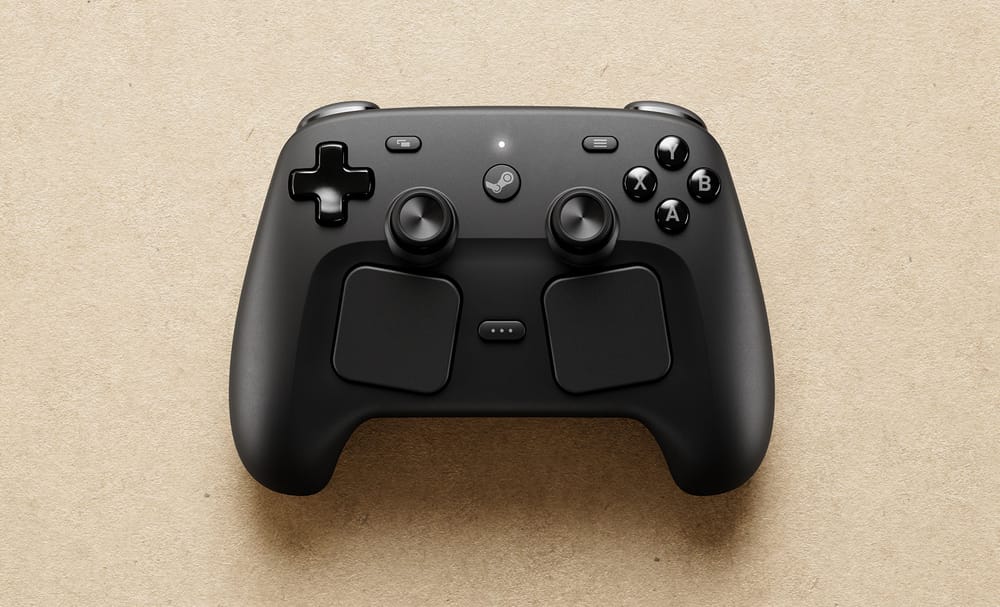
Valve is also reviving the Steam Machine name, though the new version is a different proposition from the ill-fated 2015 initiative. This iteration is a small cube—about six inches across—running SteamOS with a console-style interface that resembles what’s already familiar to Steam Deck users. The idea is straightforward: provide a quiet, unobtrusive way to play a PC library on a TV without the overhead of Windows or the complexity of building a living-room PC. Success will depend heavily on thermals, noise levels, and how well SteamOS performs in a home theater environment, but the device underscores Valve’s interest in a more appliance-like PC gaming experience.
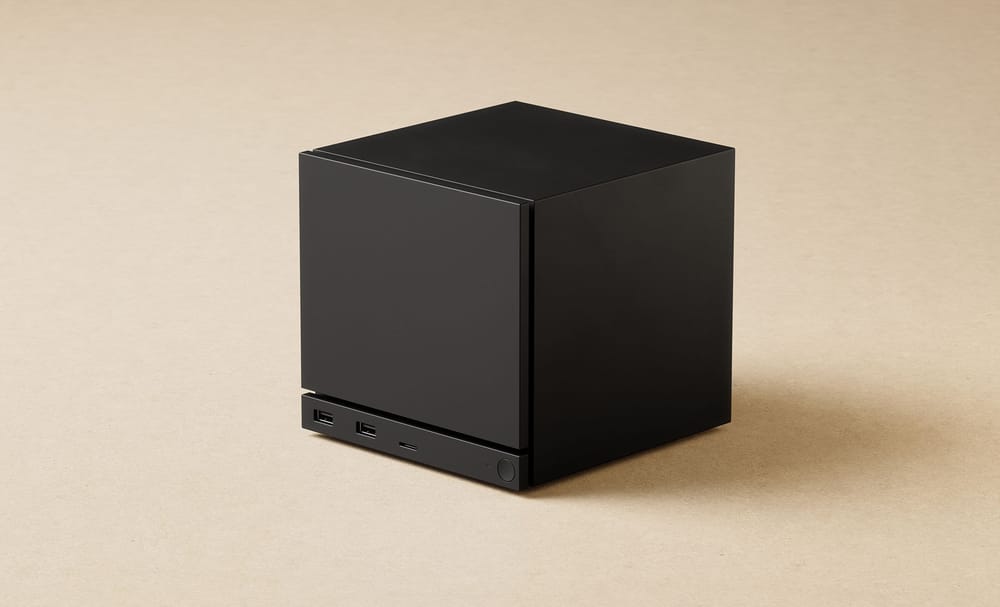
The most ambitious piece of hardware is Steam Frame, a wireless VR headset that supports both native SteamOS play and full-library streaming. It uses a Snapdragon-class processor and includes its own controllers, allowing the headset to function independently or integrate with a PC for VR or traditional titles. This hybrid model places Steam Frame in a space between tethered PC VR and standalone devices, offering mobility without abandoning access to the broader Steam library. Whether it gains traction will hinge on comfort, battery life, tracking accuracy, and how smoothly non-VR titles translate to the headset’s streaming interface.
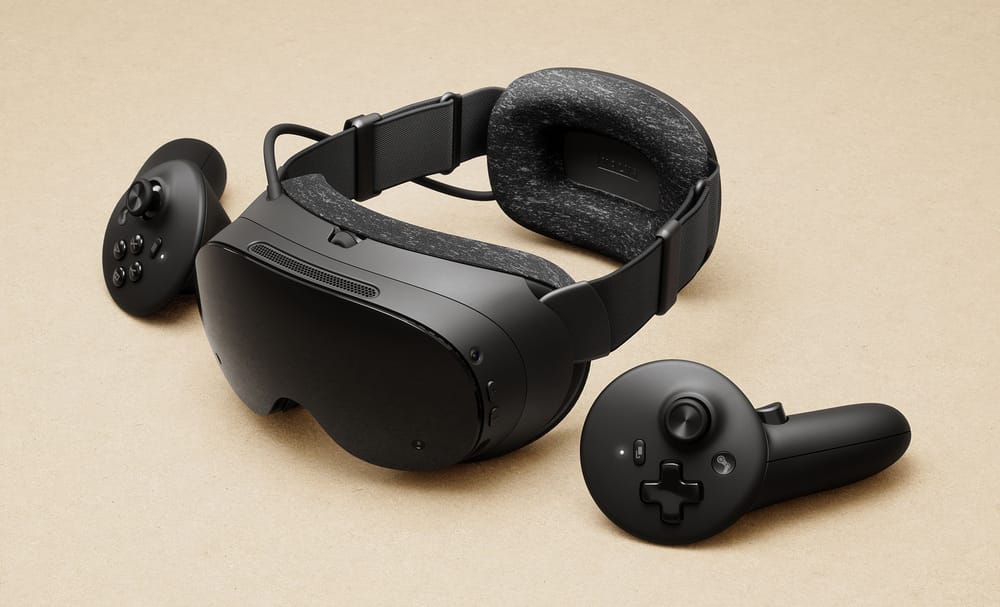
Launch plans match Steam Deck regions: the US, Canada, UK, EU, Australia, Japan, South Korea, Hong Kong, and Taiwan, plus KOMODO-served territories. The Middle East is not included at launch, meaning players in the UAE will likely rely on forwarding services or regional resellers, much as many did when the Steam Deck debuted. Import costs—shipping, fees, and regional pricing gaps—will play a role in early adoption, though UAE users have historically been willing to navigate those hurdles for Valve hardware.
Valve’s broader strategy seems aimed at reducing the friction points that keep PC gaming tied to desks and cables. A controller with mouse-class precision expands playable genres. A small SteamOS box offers console-style convenience. A VR headset that streams or plays natively removes the old divide between tethered power and standalone mobility. If Valve can refine SteamOS performance, streaming latency, VR tracking, and power efficiency, the hardware ecosystem may feel more coherent than its previous experiments. PC gaming remains the core, but Valve is clearly working to make it more flexible.

